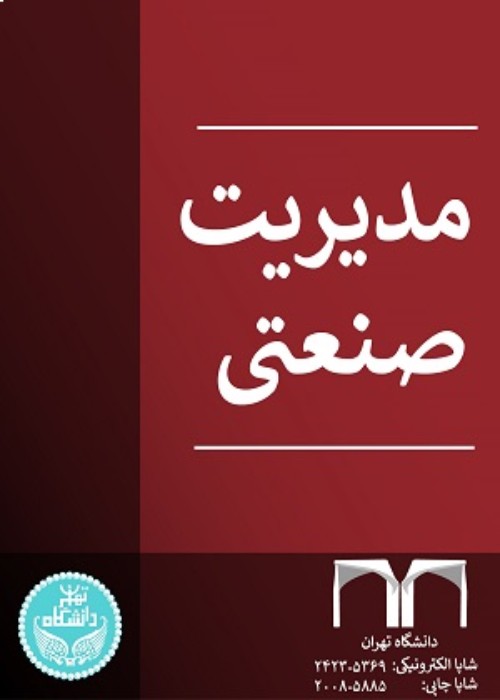Comparison of Formal and Informal Structures in Organizations Using the Social Network Analysis
Organizational structures are purposefully crafted around the strategic objectives of companies, incorporating well-defined processes that serve as the foundation for employee activities and communication. The processes and activities of organizations and companies are implemented through organizational roles and positions that are assigned to employees based on the structure and goals. However, the crucial question lies in how effectively official structures can address people's communication needs and facilitate the implementation of activities. Within numerous organizations, an informal structure emerges in parallel to the official hierarchy, leading to the execution of various activities based on the relationships established within this informal framework. Because of various reasons, employees in some organizations are forced to carry out organizational processes through informal communication and in temporary work teams. The presence of an informal structure in numerous organizations is an unavoidable phenomenon. However, the primary concern lies in effectively monitoring and appropriately managing this structure and the relationships that arise from it. This study mainly seeks to measure the degree of similarity and difference between the formal and informal structures of the organization.
In the present study, the official structures were extracted based on the organizational chart. The informal structures were based on data logs and information from different sources and bases. Reports of events taking place via the work interactions of people in the process of supplier selection in a project-oriented company were collected in one of the complex construction projects. The gathered data was used as an informal network using the social network analysis method. The degree of similarity and difference between the formal and informal structure of the company was measured through social network criteria and the Rand index.
Based on the information obtained, the informal working groups or communities resulting from the real interactions of people were identified and analyzed. Also, these communities were compared with departments and formal units based on the hierarchical structure of the organization. In addition, by using the Rand index, the similarity of these two structures was estimated to stand at 0.76%. This method can be a basis for comparing the official structure and the real structure of companies. The ideal degree of similarity or difference between the two structures varies depending on the nature, culture, and mission of each company.
Using this method and identifying and analyzing the causes of the differences between these two groups of communication structures can help organizations improve their structures, make them more agile, and compensate for some structural deficiencies. By using this way of analyzing and comparing the results in these two groups, it is possible to examine the organizational structure, strengthen effective working groups and teams, support effective communication, and even prevent weak communication.
- حق عضویت دریافتی صرف حمایت از نشریات عضو و نگهداری، تکمیل و توسعه مگیران میشود.
- پرداخت حق اشتراک و دانلود مقالات اجازه بازنشر آن در سایر رسانههای چاپی و دیجیتال را به کاربر نمیدهد.


